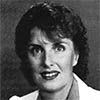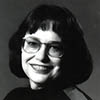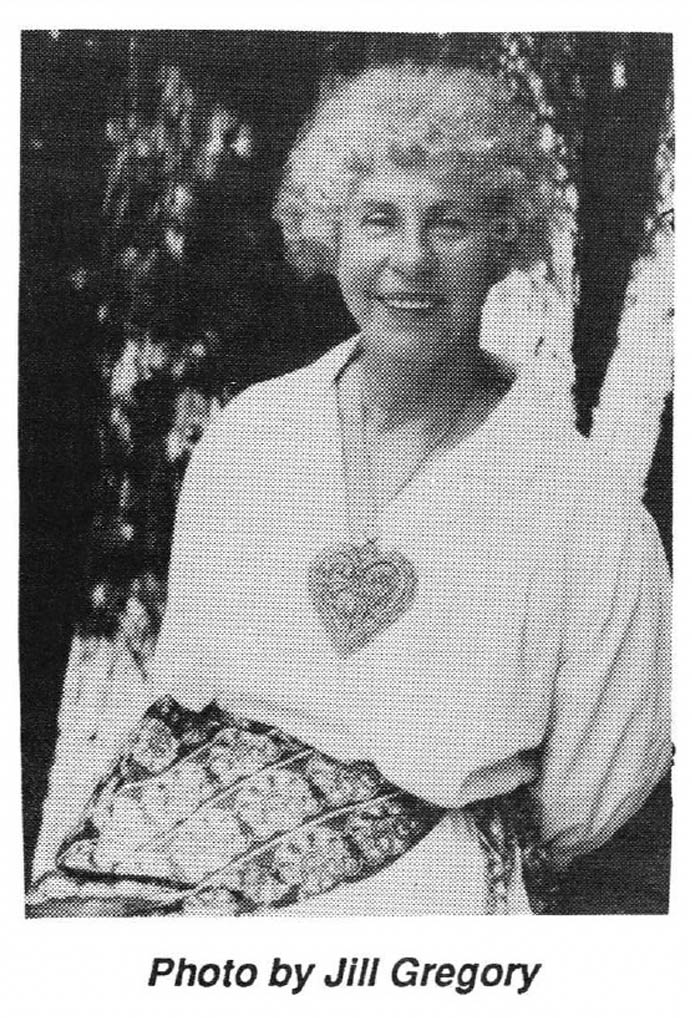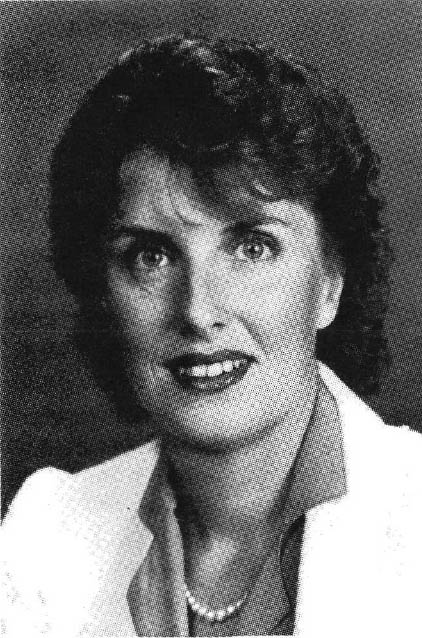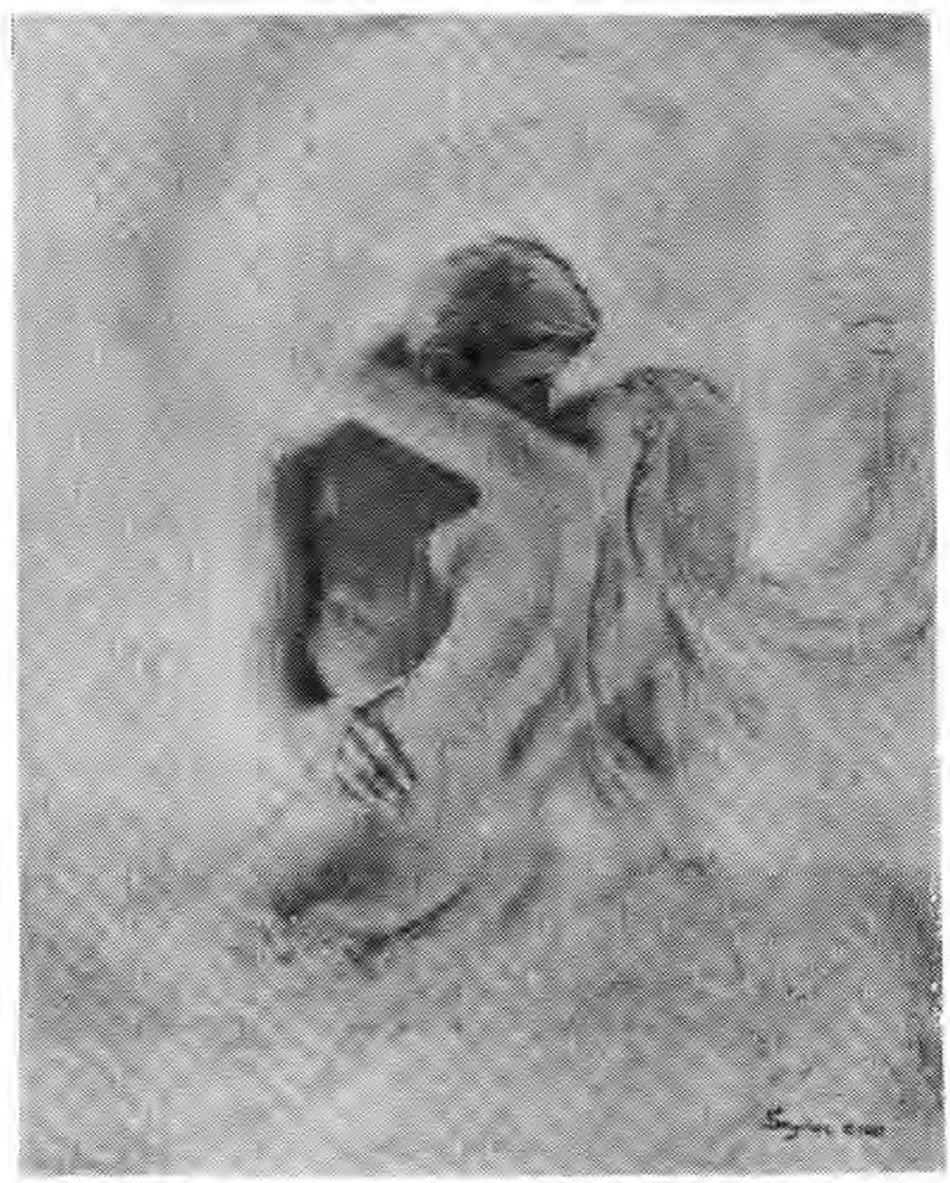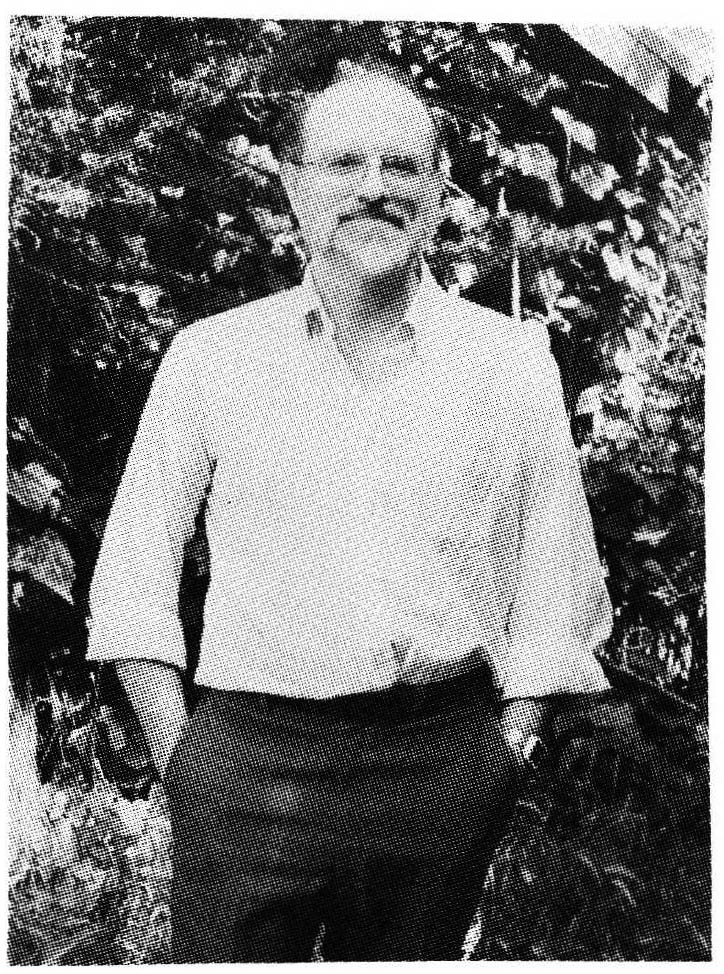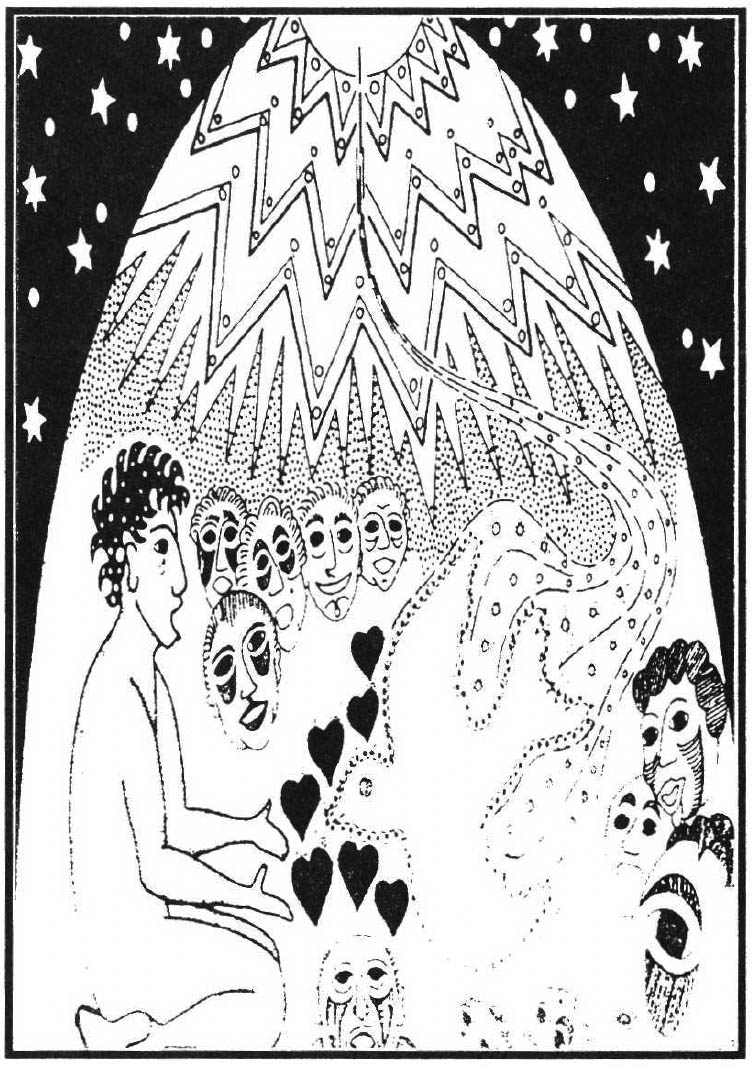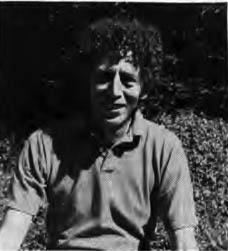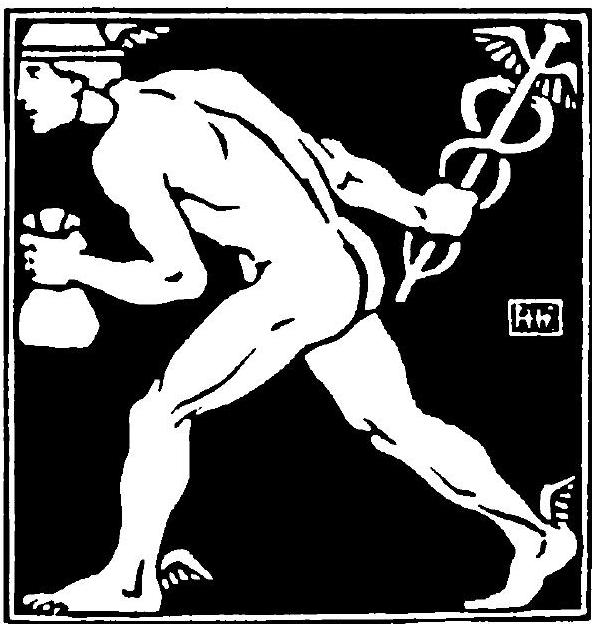Jill: Linda, would you describe for me what it is that you do with dreams?
Linda: I do dreamwork with individuals, teach and give presentations at bookstores, community college, conferences and at the Dream House in San Francisco, and write articles and columns for dream-related publications. I have been involved in several networking activities such as the "Bay Area Professional Dreamworkers Group" (which Fred Olsen and I co-founded); the "Seth Dream Network" (for which I served as coordinator); the "Association for the Study of Dreams (as membership chairperson); and as a co-chairperson for the "Dream Educators' Network". Also, for the past three years, I have facilitated an international lucid group dreaming experiment called "The Lucidity Project".
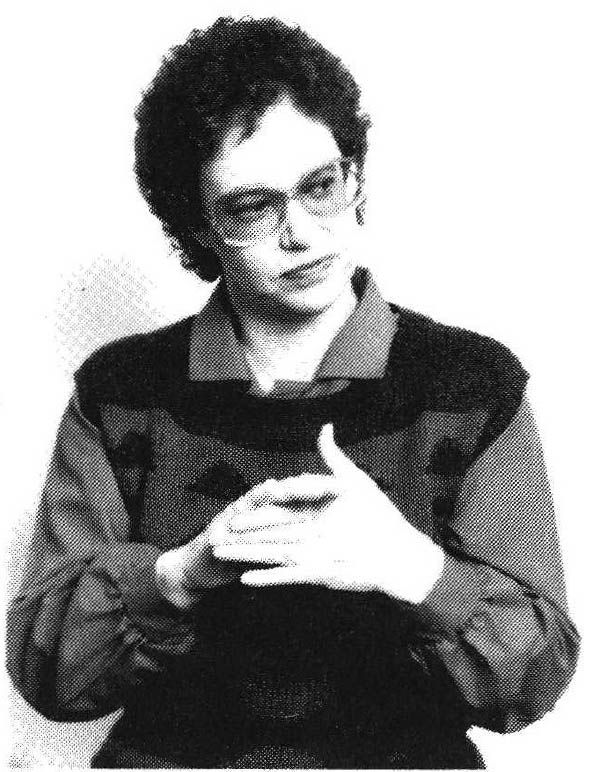
Jill: Do you find time to keep your dream journals and to do your own dreamwork?
Linda: Oh, yes, definitely! A dreamworker is first of all a dreamer. I must admit a bias. I find it very difficult to understand dreamworkers who do not keep journals or pay attention to their own dreams.
Jill: What methods of dreamwork do you use?
Linda: Being an eclectic, I like to experiment with many different methods: first with myself, then with my family and finally with the public. My three favorites are Fred Olsen's Waking Dream Re-Entry and Relmaging method which is a Jungian active imagination technique; Gayle Delaney's Dream Definition Analysis method which clarifies personal symbols; and Fritz Perls' Gestalt method which incorporates dialoguing with dream symbols and characters.
Jill: Have you always recalled your dreams?
Linda: I can remember that as a child I had nightmares which often ended with Mafioso types clutching at my ankles as I tried to fly away. However, my first love was not dreams but rather imagination because I could control the scenario. This lasted until March 8, 1982, when I had my first lucid dream. That life-changing dream lead me into dreamwork.
Jill: It sounds as though you moved very quickly from a strong interest in dreams to active involvement with the dreamworker community.
Linda: From the onset I was really very interested in the way in which dreams fit into the context of society. So I very purposely sought out other dreamers and dreamworkers. For example, after I read the book, Dreams Beyond Dreaming, I wrote the author, Jean Campbell. When she wrote back, we began correspondence that culminated in friendship.
Jill: You mentioned that as a child you preferred fantasizing over dreaming because of the element of control. And now you are an avid and frequent lucid dreamer who enjoys varying degrees of control within the dream state. How would you respond to someone who is concerned about the effects or applications of control within a dream?
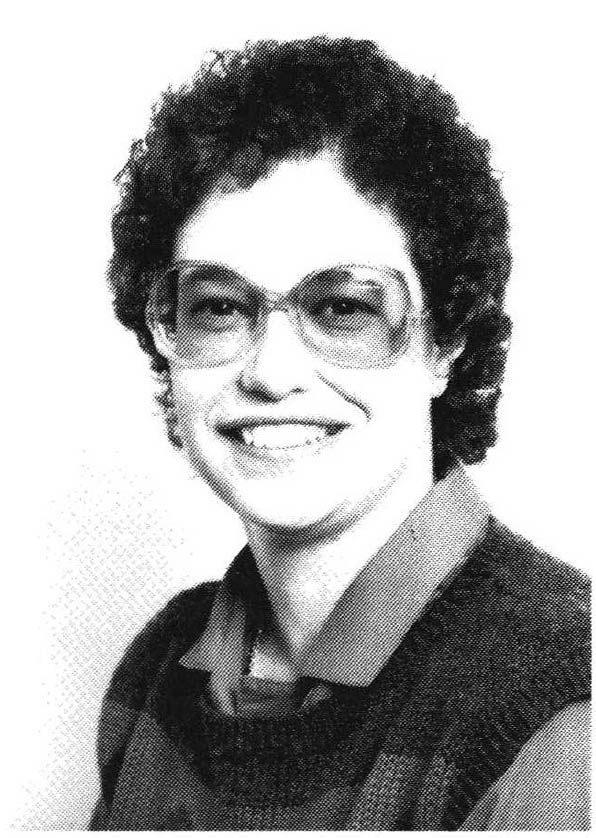
Linda: Lucidity brings you to the point of being aware that you are dreaming. That is a point of decision. You could choose to be very manipulative or completely passive. What you choose to do can be quite revealing when you compare it with how you usually act in the waking state.
To me the dream is powerful, wise and self-regulating. I don't have to worry about over-controlling my dream because when I start doing that, my dream characters turn around and give me a bad time. the trick is to befriend the dream, to develop a cooperative relationship.
I have many different types of dreams other than lucid dreams which give me the opportunity to dwell in the dream in a more passive role. All kinds of dreams can bring me knowledge and guidance.
One other thing that I would say is that it is my belief that some people use their dreams primarily as a pressure valve. If I am taking care of business in the waking state, I don't have to rely upon dreams to straighten me out. This frees me up to look at dreams in other ways, to approach them like creative compositions, neat little movies or explorations of consciousness. These other ways are therapeutic and beneficial as well because I awaken from them with my self-esteem lifted and my spirits high.
Jill: Linda, in addition to regarding you as a resource on dream lucidity, I also regard you as a resource on dream telepathy. Would you tell me how you know when a dream is telepathic and whether or not you do dreamwork with a telepathic dream?
Linda: I do a fair amount of checking with other people for correlations and that is the usual way that I discover that a particular dream is telepathic. Of course, it's easier if I have incubated a telepathic dream. Those times when a symbol just seems to drop in from out of nowhere are the times when I suspect that I am borrowing symbolic shorthand from someone else, especially if I identify that person in my dream.
A telepathic dream, like any other, can be viewed as meaningful metaphor for the dreamer. The dreamer is ultimately responsible for his or her own dream. If the dream is telepathic, the dreamer can ask "Why did I attract that information? Why am I picking that up?"
Jill: Before you became immersed in the dream profession, did you hold positions in other fields?
Linda: Oh, yes. I hold a Masters in Business Administration and have taught in public schools from the elementary to the college level. I've worked in business, social service agencies, government and in career counseling.
Jill: How does this background affect you now as a dreamworker?
Linda: The wide variety of careers that I have had enables me to deal with the whole spectrum of the dream community, from the avid dreamers to the academicians and clinicians.
Jill: One of my concerns is how the dream community can minimize factionalism between these two groups. What would you recommend?
Linda: In my view, dreamwork is as multi-layered as the dreams themselves. The best benefit for the dream community is to acknowledge and encourage the entire range of dreamwork from clinical research to personal application.
Jill: That reminds me of your idea of the dreamwork community as having "a lot of stars".
Linda: Exactly. Since most dreamworkers have survived in a vacuum, they have had to be very self sufficient. They are strongly individual. Of course, all of this diversity means that there is more flavoring to the pot. The trick is to pull together enough to make what could be called a movement out of it. My hunch is that if the dream movement can piggy-back on the self-help movement, it will take off.
One of the issues facing dreamworkers today is how to be considered legitimate. Those of us who do not have degrees after our names, want validity without necessarily coming under rigid structure and rules. Those of us who do have degrees, want to be considered legitimate by the scientific and psychological communities and by the sources for research funding. I think that one of the solutions to this quest for legitimacy is simply for dream information and dreamwork to be made widely available to the public. Dream Network Bulletin can help.
Jill: Linda, what are the goals for Dream Network Bulletin under your editorship?
Linda: First off, I would like to say that I intend to keep the basic format the same. I give a lot of credit to the former editors, the people who work behind the scenes (like co-editor Bob Trowbridge) and to the subscribers for putting together an excellent periodical that serves as a forum for the entire dreamwork community.
My goals for the Bulletin are to build up the readership base; to encourage the academicians to submit hardcore informative articles in readable English; and to add more artwork, interviews and humor to the menu. I would also like to see some pro/con articles and more letters to the editor. Contributions are welcome. Everyone is invited to dream up new ideas for DNB.

